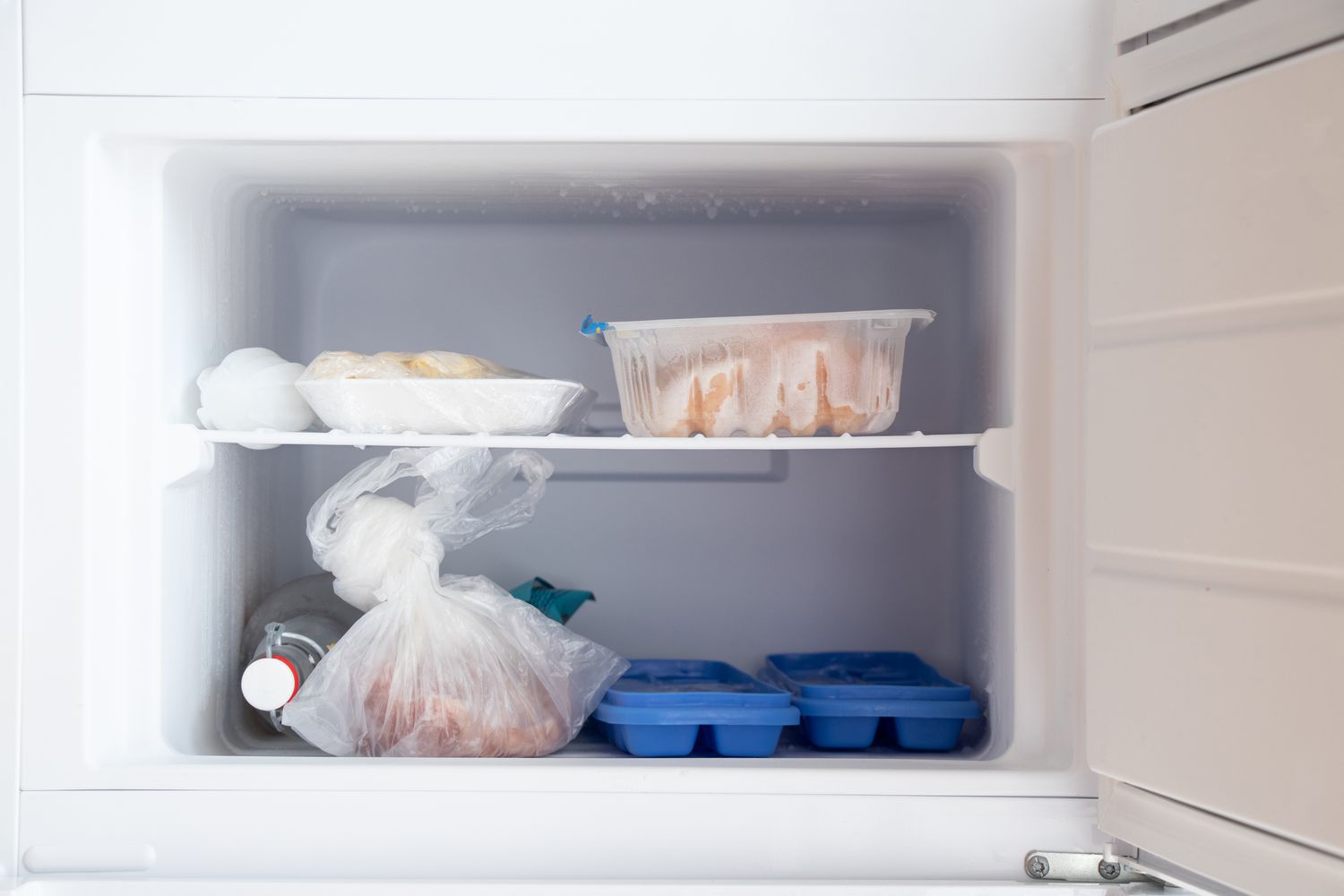

Articles
How Does A Freezer Work
Modified: December 6, 2023
Learn how freezers work and keep your food fresh with this informative article. Find out how temperature control and insulation make all the difference.
(Many of the links in this article redirect to a specific reviewed product. Your purchase of these products through affiliate links helps to generate commission for Storables.com, at no extra cost. Learn more)
Introduction
A freezer is an essential appliance found in most households today. It plays a crucial role in preserving food, keeping it fresh, and extending its shelf life. But have you ever wondered how a freezer works? Understanding the basic principles of refrigeration and the components involved can give us a deeper insight into the fascinating process that keeps our food cold and frozen.
In this article, we will explore the inner workings of a freezer and unravel the mystery behind its cooling capabilities. From the compressor to the evaporator, each component plays a vital role in maintaining the ideal temperature for food storage. So let’s dive in and discover the magic behind the freezer’s cold storage prowess.
Key Takeaways:
- Understanding the inner workings of a freezer, from the compressor to the evaporator, reveals the synchronized dance of components that creates the freezing environment we rely on for food preservation.
- Regular maintenance, cleanliness, and proper airflow are essential for optimal freezer performance, ensuring efficient refrigeration and extended shelf life for perishable items.
Read more: How Does Insulation Work
Basic Principles of Refrigeration
Refrigeration is based on the principle of removing heat from a space. It uses a refrigerant, a substance with unique thermodynamic properties that allow it to change from a gas to a liquid and vice versa at low temperatures and pressures. The refrigerant is pumped through a closed system, absorbing heat from the surrounding environment and releasing it elsewhere.
The refrigeration process follows four main steps: compression, condensation, expansion, and evaporation. These steps work together to create a continuous cycle of heat transfer, cooling the space inside the freezer.
First, the refrigerant gas is compressed by the compressor, which raises its temperature and pressure. The high-pressure gas then flows into the condenser, where it comes into contact with the external air or water. As the gas cools, it condenses into a liquid, releasing heat energy to the surroundings.
The liquid refrigerant then passes through an expansion valve or a capillary tube, which causes a drop in pressure. This pressure drop allows the refrigerant to evaporate and absorb heat, creating a cooling effect. The evaporator, located inside the freezer, facilitates this heat exchange by providing a large surface area for the refrigerant to absorb heat from the food and the surrounding air.
After absorbing heat, the refrigerant vapor returns to the compressor, and the cycle repeats. By continuously removing heat from the freezer’s interior, the refrigeration process keeps the temperature low enough to preserve the quality and safety of stored food items.
Now that we understand the basic principles of refrigeration, let’s take a closer look at the components that make up a freezer and their individual roles in the cooling process.
Components of a Freezer
A freezer consists of several key components that work together to create a controlled environment for food storage. Each component plays a crucial role in maintaining the desired temperature and ensuring the efficient operation of the freezer. Let’s explore these components in detail:
1. Compressor
The compressor is the heart of the refrigeration system. It is responsible for compressing the refrigerant gas, which raises its temperature and pressure. The compressor also circulates the refrigerant through the system, creating the necessary flow for heat transfer and maintaining consistent cooling.
2. Condenser
The condenser is typically located at the back or bottom of the freezer. It acts as a heat exchanger, allowing the refrigerant to release heat to the surrounding environment. As the high-pressure gas from the compressor enters the condenser, it comes into contact with cooler air or water, causing it to condense into a liquid state.
Read more: How Does A Blender Work
3. Expansion Valve
The expansion valve, also known as the thermostatic expansion valve, is a small device located between the condenser and the evaporator. It regulates the flow of the refrigerant into the evaporator by controlling the pressure drop. This mechanism is essential to maintain the right balance of pressures within the system.
4. Evaporator
The evaporator is where the actual cooling takes place. It is typically located inside the freezer compartment and consists of a network of coils or tubes. As the refrigerant enters the evaporator, it undergoes a phase change from a liquid to a gas, absorbing heat in the process. This heat transfer cools down the interior of the freezer, allowing for food preservation.
In addition to these primary components, a freezer may also have secondary parts like fans, temperature sensors, and defrost heaters. These components work together to enhance the efficiency and functionality of the freezer, ensuring optimal cooling and temperature control.
Now that we have a clear understanding of the key components, let’s delve into the working of a freezer and how these components come together to create the freezing environment.
Compressor
The compressor is a vital component of a freezer that plays a crucial role in the refrigeration cycle. It is often referred to as the “heart” of the system because it is responsible for compressing the refrigerant gas and maintaining the flow of refrigerant throughout the system.
The main function of the compressor is to elevate the pressure and temperature of the refrigerant gas. It receives the low-pressure, low-temperature gas from the evaporator and compresses it into a high-pressure, high-temperature gas. This compression process increases the energy of the gas, allowing it to transfer heat more effectively.
The compressor is typically powered by an electric motor, which drives a piston or a scroll mechanism. When the motor is activated, it generates mechanical energy, which is used to compress the gas. As the piston moves or the scroll mechanism rotates, it creates a suction pressure that draws in the low-pressure gas from the evaporator. The gas is then compressed and discharged at a higher pressure through the outlet of the compressor.
In addition to compressing the refrigerant gas, the compressor also ensures the proper circulation of the refrigerant throughout the system. It creates the necessary flow of refrigerant, allowing it to enter the condenser and then travel to the expansion valve and evaporator. This continuous circulation of refrigerant is essential for the refrigeration cycle to work effectively.
It is worth noting that compressors can vary in size and type depending on the specific freezer model. Common types of compressors include reciprocating compressors, rotary compressors, and scroll compressors. Each type has its advantages and is selected based on factors such as efficiency, noise level, and cost.
In summary, the compressor in a freezer is responsible for compressing the refrigerant gas, elevating its pressure and temperature. It provides the energy necessary for heat transfer and ensures the proper circulation of refrigerant throughout the system. Without a functioning compressor, the refrigeration cycle and the cooling process in the freezer would not be possible.
Condenser
The condenser is a crucial component of a freezer’s refrigeration system. It plays a vital role in dissipating the heat absorbed by the refrigerant, allowing it to transition from a high-pressure gas to a high-pressure liquid.
The condenser is typically located at the back or bottom of the freezer, where it is exposed to ambient air or water. It consists of a series of tubes or coils that are designed to maximize surface area for efficient heat transfer. When the high-pressure refrigerant gas enters the condenser, it comes into contact with the cooler air or water surrounding the condenser’s tubes or coils.
As the refrigerant gas cools down, it undergoes a phase change and releases heat to the surrounding environment. This heat transfer causes the refrigerant to condense into a high-pressure liquid. The condenser’s design and materials are optimized for heat dissipation, allowing the refrigerant to successfully transition into its liquid state.
To enhance the condensation process, the condenser may have features such as fins or fans to increase airflow or improve heat exchange. The airflow generated by the fans or the natural convection caused by the temperature difference between the refrigerant and the ambient air/water help facilitate efficient heat transfer.
The condenser is an essential component in maintaining the proper functioning of the refrigeration system. It ensures that the refrigerant is effectively cooled and transformed into a high-pressure liquid, ready for the next stage of the refrigeration cycle. By dissipating heat from the system, the condenser helps maintain the desired temperature within the freezer.
It is important to keep the condenser clean and free from dust or debris to ensure optimal heat transfer. A clogged or dirty condenser can lead to reduced cooling efficiency and higher energy consumption. Regular maintenance and cleaning of the condenser can help prolong the lifespan and performance of the condensing unit.
In summary, the condenser in a freezer plays a critical role in dissipating heat from the refrigerant, causing it to condense from a high-pressure gas to a high-pressure liquid. Through effective heat transfer, the condenser helps to maintain the desired temperature within the freezer, ensuring the efficient operation of the refrigeration system.
Read more: How Does A Juicer Work
Expansion Valve
The expansion valve is an important component in a freezer’s refrigeration system that controls the flow of the refrigerant between the condenser and the evaporator. It is responsible for maintaining the right balance of pressures and regulating the refrigerant’s entry into the evaporator.
The primary function of the expansion valve is to create a pressure drop in the refrigerant, allowing it to expand and cool down as it enters the evaporator. This pressure drop is achieved through a small orifice or a thermal expansion valve mechanism.
When the high-pressure liquid refrigerant exits the condenser, it enters the expansion valve. The valve restricts the flow of refrigerant, causing a significant drop in pressure. As a result, the refrigerant rapidly expands and changes into a low-temperature, low-pressure mixture of liquid and vapor.
The expansion valve ensures that the appropriate amount of refrigerant enters the evaporator at the right pressure and temperature. This controlled flow allows for efficient heat transfer inside the evaporator, where the refrigerant absorbs heat from the surrounding air and the stored food.
The expansion valve’s role is critical because it helps to maintain the balance of pressures within the refrigeration system. If the pressure drop is too low, there might be insufficient cooling in the evaporator, resulting in inadequate temperature reduction. On the other hand, if the pressure drop is too high, it may lead to floodback, where liquid refrigerant enters the compressor, affecting its performance and potentially causing damage.
There are different types of expansion valves used in freezers, including capillary tubes and thermal expansion valves (TXVs). Capillary tubes consist of a long, narrow tube that creates resistance, causing the pressure drop. TXVs, on the other hand, use a sensing bulb and a diaphragm to regulate the flow based on temperature and pressure conditions.
Overall, the expansion valve in a freezer is a crucial component that controls the flow and pressure of the refrigerant as it enters the evaporator. By regulating this flow, the expansion valve ensures optimal cooling efficiency and helps maintain the desired temperature inside the freezer.
Evaporator
The evaporator is a key component in a freezer’s refrigeration system that is responsible for absorbing heat from the surrounding environment and cooling down the interior of the freezer. It plays a vital role in maintaining the desired temperature for food preservation.
The evaporator is typically located inside the freezer compartment and consists of a network of tubes or coils. These components are designed to maximize the surface area available for heat exchange. When the low-pressure, low-temperature refrigerant enters the evaporator from the expansion valve, it undergoes a phase change from a liquid to a gas.
As the refrigerant evaporates, it absorbs heat from the surrounding air and the food stored in the freezer. This heat absorption process cools down the evaporator coils and the interior of the freezer, creating the cold environment necessary for keeping the food frozen.
To maximize the efficiency of heat transfer, the evaporator coils or tubes are often designed with fins or other enhancements. These features help increase the surface area and improve the contact between the refrigerant and the surrounding air, facilitating faster cooling and more effective heat absorption.
As the refrigerant gas absorbs heat and undergoes the phase change from liquid to gas, it returns to the compressor as a low-pressure gas. This completes the refrigeration cycle, and the process continues as the compressor compresses the gas, the condenser removes heat, and the expansion valve controls the flow of refrigerant back to the evaporator.
The evaporator’s efficient operation is crucial for the overall performance of the freezer. It ensures proper cooling and temperature maintenance, preventing food spoilage and maintaining the quality and safety of stored items.
It is essential to keep the evaporator coils clean and free from frost or ice buildup. Ice or frost on the coils restricts airflow and impedes heat transfer, leading to reduced cooling efficiency. Regular defrosting or maintenance of the evaporator can help prevent these issues and ensure optimal performance of the freezer.
In summary, the evaporator in a freezer absorbs heat from the surrounding environment and cools down the interior of the unit. Through the process of heat absorption and the phase change of the refrigerant, the evaporator creates the cold environment necessary for freezing and preserving food. The efficient operation of the evaporator is crucial for maintaining the desired temperature and ensuring proper food storage in the freezer.
Working of a Freezer
Now that we have explored the components of a freezer and their individual roles, let’s take a closer look at how they work together to create the freezing environment we rely on for food storage.
1. Compression and Heat Removal
It all begins with the compressor. This vital component compresses the refrigerant gas, increasing its temperature and pressure. As the gas is compressed, it gains energy and becomes capable of absorbing heat more efficiently. The high-pressure gas then flows into the condenser, where it releases heat to the surrounding environment. This heat removal causes the gas to condense into a high-pressure liquid.
Read more: How Does A Doorbell Work
2. Condensation
In the condenser, the high-pressure liquid refrigerant passes through a series of coils or tubes that maximize heat dissipation. As the refrigerant comes into contact with cooler air or water, it loses heat energy and undergoes a phase change from a liquid to a gas. This process of condensation allows for the release of more heat as the refrigerant transforms into a lower-pressure gas.
3. Expansion and Cooling
The next stage in the refrigeration process occurs at the expansion valve. This component controls the flow of the refrigerant into the evaporator by causing a pressure drop. As the high-pressure liquid refrigerant enters the expansion valve, it rapidly expands and experiences a significant drop in temperature and pressure. This expansion and cooling of the refrigerant prepare it for the crucial step of absorbing heat in the evaporator.
4. Evaporation and Heat Absorption
Inside the evaporator, the low-pressure, low-temperature refrigerant enters as a mixture of liquid and gas. As it travels through the evaporator’s coils or tubes, the refrigerant evaporates, absorbing heat from the surrounding air and the food stored in the freezer. This heat absorption cools down the evaporator, creating the cold environment required to freeze and preserve the food.
The now low-pressure gas returns to the compressor, where the cycle begins again. This continuous process of compression, condensation, expansion, and evaporation allows for the consistent cooling of the freezer and the preservation of food items.
It’s noteworthy that maintaining proper airflow within the freezer is crucial for optimal cooling. Fans or natural convection help distribute the cooled air throughout the freezer, ensuring uniform temperatures and efficient cooling performance.
Overall, the working of a freezer relies on the principles of refrigeration and the synchronized operation of its components. By understanding this process, we appreciate the fascinating technology that keeps our food fresh and frozen for extended periods.
Compression and Heat Removal
The first step in the working of a freezer is the compression of the refrigerant gas and the removal of heat from the system. This crucial process begins with the compressor, which acts as the “heart” of the refrigeration cycle.
When the freezer is turned on, the compressor is activated, typically powered by an electric motor. The compressor’s main function is to compress the low-pressure refrigerant gas, increasing its temperature and pressure. As the gas is compressed, it gains energy and becomes capable of absorbing heat more efficiently.
The high-pressure gas then flows into the condenser, a key component located either at the back or bottom of the freezer. In the condenser, the hot refrigerant gas comes into contact with cooler air or water through a network of coils or tubes. The heat transfer coefficient between the refrigerant gas and the surrounding environment allows for effective heat removal.
As the refrigerant gives off heat to the surrounding air or water, it undergoes a phase change from a high-pressure gas to a high-pressure liquid. This process of condensation occurs as the refrigerant cools down, releasing its heat energy to the environment.
The condensation process is essential for the removal of heat generated during the compression of the refrigerant gas. By providing a medium for heat exchange and allowing the refrigerant to transition from a gas to a liquid state, the condenser plays a vital role in the cooling process.
In order to maximize the efficiency of heat dissipation, the condenser is often equipped with features such as fins or fans. These enhancements increase the surface area and improve airflow, facilitating a more effective transfer of heat from the refrigerant to the surroundings.
By the end of this stage, the refrigerant has transitioned from a high-pressure gas to a high-pressure liquid. It is now ready to proceed to the next stage of the refrigeration cycle, where it will undergo expansion and cooling. This continuous cycle of compression and heat removal ensures the proper functioning and cooling capabilities of the freezer.
Read more: How Does The Toothbrush Work
Condensation
In the working of a freezer, the second step in the refrigeration cycle is condensation. This process takes place in the condenser, a component of the freezer responsible for converting the high-pressure refrigerant gas into a high-pressure liquid state.
Once the high-pressure gas exits the compressor, it enters the condenser, typically located at the back or bottom of the freezer. The condenser consists of coils or tubes that provide a large surface area for heat exchange with the surrounding environment.
As the hot refrigerant gas flows through the condenser coils, it comes into contact with cooler air or water. This temperature difference causes the refrigerant to release heat energy, resulting in a transition from a gas to a liquid state. This process of condensation is essential for the removal of heat from the refrigerant and for the refrigeration cycle to continue.
During condensation, the refrigerant gives off its latent heat to the surroundings. The coils or tubes of the condenser are designed to facilitate efficient heat transfer, maximizing the cooling effect. The condensation process allows the refrigerant to release a substantial amount of heat as it transitions from a higher energy gas to a lower energy liquid.
The efficiency of condensation is influenced by factors such as the surface area of the condenser coils, the airflow rate, and the temperature difference between the refrigerant and the ambient environment. Fins or fans are often incorporated into the condenser design to enhance heat exchange and improve overall performance.
By the end of the condensation process, the high-pressure refrigerant gas has been condensed into a high-pressure liquid. This liquid refrigerant is ready to progress to the next stage of the refrigeration cycle, where it will undergo expansion and cooling in the evaporator.
In summary, condensation is an important step in the working of a freezer. It involves the release of heat from the high-pressure refrigerant gas as it comes into contact with cooler air or water in the condenser. This process causes the refrigerant to transition from a gas to a liquid state, preparing it for the subsequent stages of the refrigeration cycle.
Expansion and Cooling
The third step in the working of a freezer is expansion and cooling. This stage occurs in the expansion valve, which regulates the flow of the high-pressure liquid refrigerant from the condenser into the evaporator.
After leaving the condenser, the high-pressure liquid refrigerant enters the expansion valve. The valve creates a pressure drop in the refrigerant, causing it to rapidly expand and undergo a significant decrease in temperature and pressure.
This sudden expansion is crucial for the refrigerant to enter the following stage of the refrigeration cycle. As the refrigerant expands, it transforms into a mixture of low-pressure liquid and gas, ready to absorb heat in the evaporator.
The primary function of the expansion valve is to regulate the flow of the refrigerant into the evaporator and control the pressure inside the system. By maintaining the right balance of pressures, the expansion valve ensures optimal cooling efficiency and prevents any potential issues such as floodback or insufficient cooling in the evaporator.
The expansion valve can take different forms, depending on the specific freezer model. One common type is the capillary tube, which is a long, narrow tube that creates resistance, causing the pressure drop. Another type is the thermal expansion valve (TXV), which uses a sensing bulb and a diaphragm to adjust the refrigerant flow based on temperature and pressure conditions.
As the low-pressure refrigerant mixture exits the expansion valve, it moves into the evaporator. The evaporator is located inside the freezer and consists of coils or tubes designed to facilitate efficient heat transfer. The expanding refrigerant absorbs heat from the surrounding air and the stored food, resulting in a cooling effect.
During the cooling process, the refrigerant evaporates and changes from a liquid to a gas state. This evaporation is accompanied by the absorption of heat, which cools down the temperature inside the evaporator and the freezer compartment.
By the end of this stage, the refrigerant has undergone expansion and cooling, preparing it for the final step of the refrigeration cycle. At this point, it has transitioned into a low-pressure gas state, ready to be returned to the compressor to begin the cycle again.
In summary, expansion and cooling are fundamental processes in the working of a freezer. The expansion valve regulates the refrigerant flow and creates a pressure drop, allowing the refrigerant to rapidly expand and cool down. As it enters the evaporator, the refrigerant absorbs heat from the surrounding air and undergoes evaporation, resulting in the cooling effect necessary for food preservation and freezing.
Keep the freezer door closed as much as possible to maintain a consistent temperature and prevent energy waste.
Evaporation and Heat Absorption
The fourth and final step in the working of a freezer is evaporation and heat absorption. This critical stage takes place in the evaporator, where the low-pressure, low-temperature refrigerant from the expansion valve undergoes a phase change and absorbs heat from its surroundings.
Located inside the freezer, the evaporator consists of coils or tubes designed to facilitate efficient heat transfer. As the low-pressure refrigerant enters the evaporator, it expands and undergoes evaporation, changing from a liquid to a gas state.
During evaporation, the refrigerant absorbs heat from the surrounding air and the food stored inside the freezer. This heat absorption process removes thermal energy from the environment, resulting in a cooling effect that helps maintain the desired temperature for food preservation.
The evaporator is optimized for heat exchange, with its coils or tubes having large surface areas to enhance contact between the refrigerant and the surroundings. This maximizes the efficient absorption of heat from the freezer compartment, ensuring effective cooling.
As the low-pressure refrigerant evaporates and absorbs heat, it returns to the compressor as a low-pressure gas. The refrigeration cycle then continues as the compressor compresses the gas, the condenser removes heat, and the expansion valve controls the flow back into the evaporator.
The efficiency of the evaporator is crucial for proper cooling within the freezer. It is important to keep the evaporator coils clean and free from frost or ice buildup. Ice or frost impedes heat transfer and reduces the cooling efficiency of the evaporator. Regular defrosting or maintenance is essential to ensure optimal performance and prevent any blockage that may hinder the evaporator’s heat absorption capabilities.
By the end of the evaporation and heat absorption stage, the refrigerant has completed its journey through the refrigeration cycle. It has absorbed heat, cooling down the interior of the freezer and preserving the quality and safety of the stored food items.
In summary, evaporation and heat absorption are integral processes in the working of a freezer. The evaporator facilitates the evaporation of the low-pressure refrigerant, causing it to change from a liquid to a gas as it absorbs heat from the surroundings. This heat absorption creates the cooling effect necessary for food preservation and ensures the proper functioning of the freezer.
Conclusion
In conclusion, understanding the working principles of a freezer can give us a deeper appreciation for the technology that allows us to preserve and store food at low temperatures. The components of a freezer, including the compressor, condenser, expansion valve, and evaporator, work together in a synchronized manner to create the freezing environment we rely on.
The compressor serves as the heart of the system, responsible for compressing the refrigerant gas and maintaining its flow throughout the cycle. The condenser removes heat from the system, causing the refrigerant to condense from a high-pressure gas to a high-pressure liquid. The expansion valve regulates the flow of refrigerant from the condenser to the evaporator, creating a pressure drop and initiating the cooling process. Finally, the evaporator facilitates evaporation and heat absorption, cooling down the freezer compartment.
By continuously cycling through compression, condensation, expansion, and evaporation, the refrigeration process effectively removes heat from within the freezer, keeping the stored food at optimal temperatures for preservation. This process ensures that the freezer maintains a consistent cold environment, extending the shelf life of perishable items and preventing bacterial growth.
It is important to note that regular maintenance, cleanliness, and proper airflow within the freezer are essential for optimal performance. Cleaning the condenser, defrosting the evaporator, and ensuring proper ventilation helps maintain the efficiency of the refrigeration system and promotes energy efficiency.
Understanding the inner workings of a freezer not only helps us make better use of this essential appliance but also enables us to troubleshoot common issues that may arise. Whether it’s a problem with the compressor, condenser coils, or clogged evaporator, having a basic understanding of the freezer’s components can empower us to keep the appliance running smoothly.
In the end, the freezer plays a crucial role in our daily lives, ensuring that our food stays fresh, reducing waste, and enabling us to conveniently store and enjoy a wide variety of perishable items. Embracing the knowledge of how a freezer works can help us make the most out of this invaluable appliance and prolong the shelf life of our favorite foods.
Frequently Asked Questions about How Does A Freezer Work
Was this page helpful?
At Storables.com, we guarantee accurate and reliable information. Our content, validated by Expert Board Contributors, is crafted following stringent Editorial Policies. We're committed to providing you with well-researched, expert-backed insights for all your informational needs.
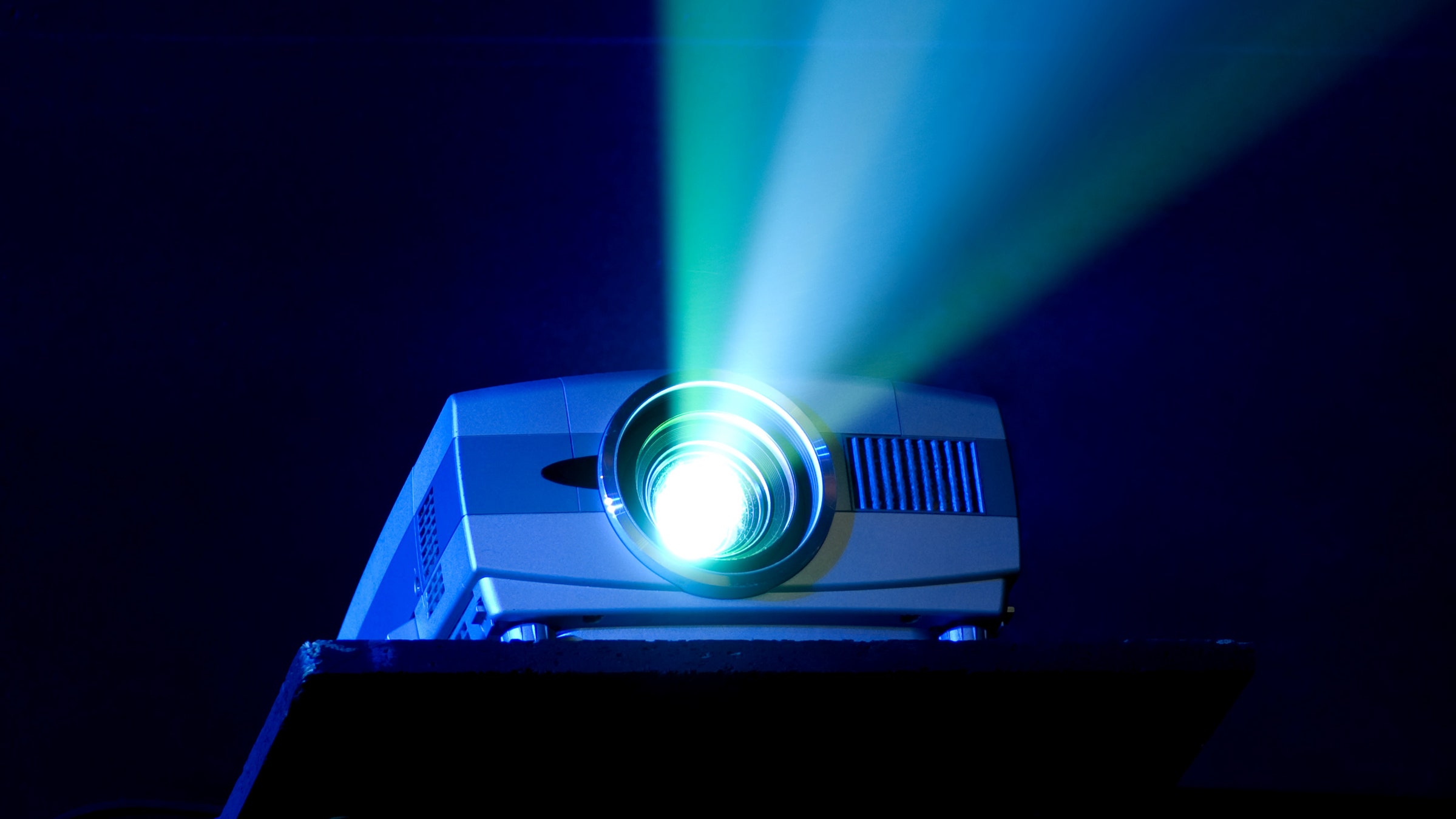


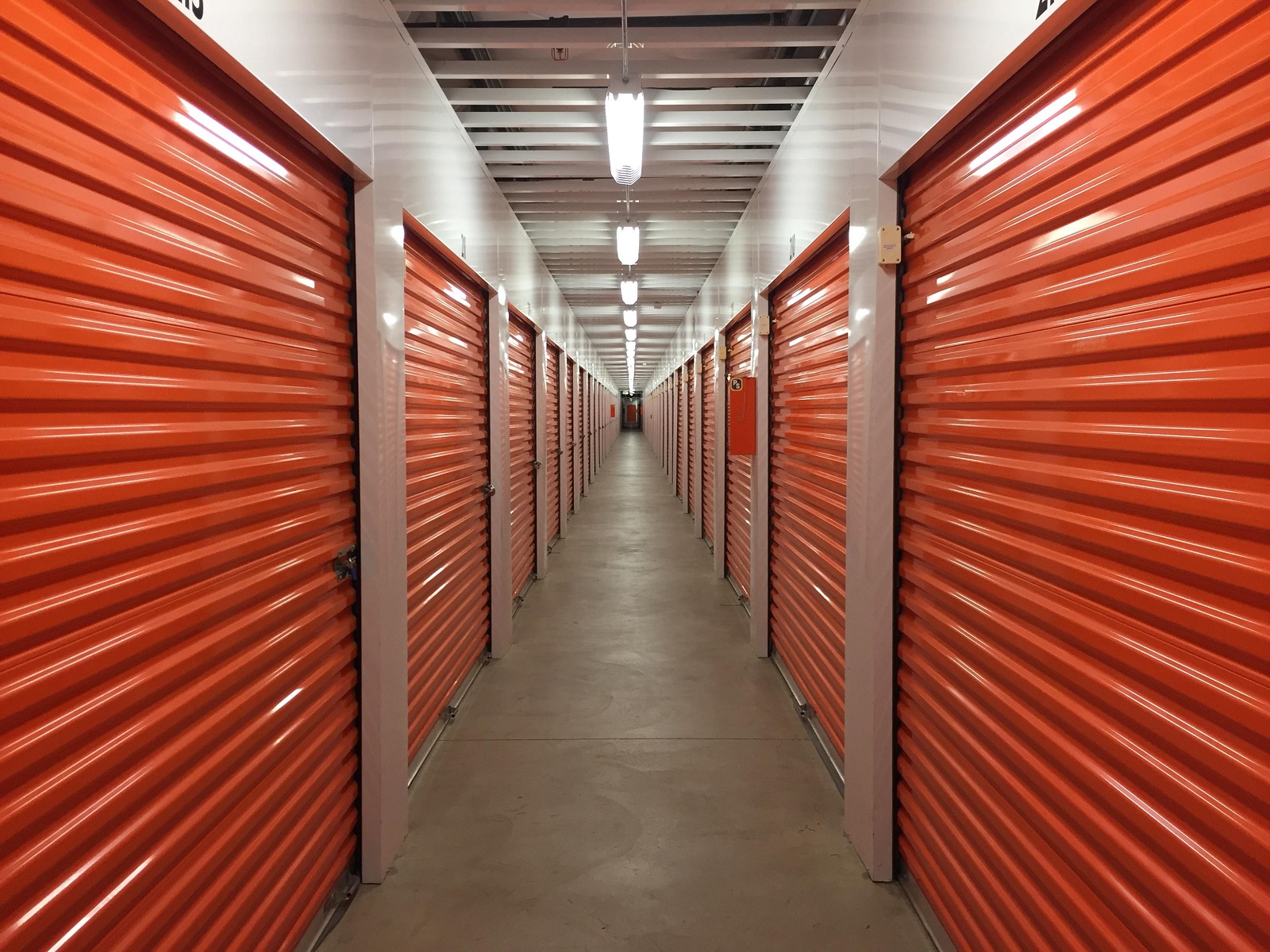

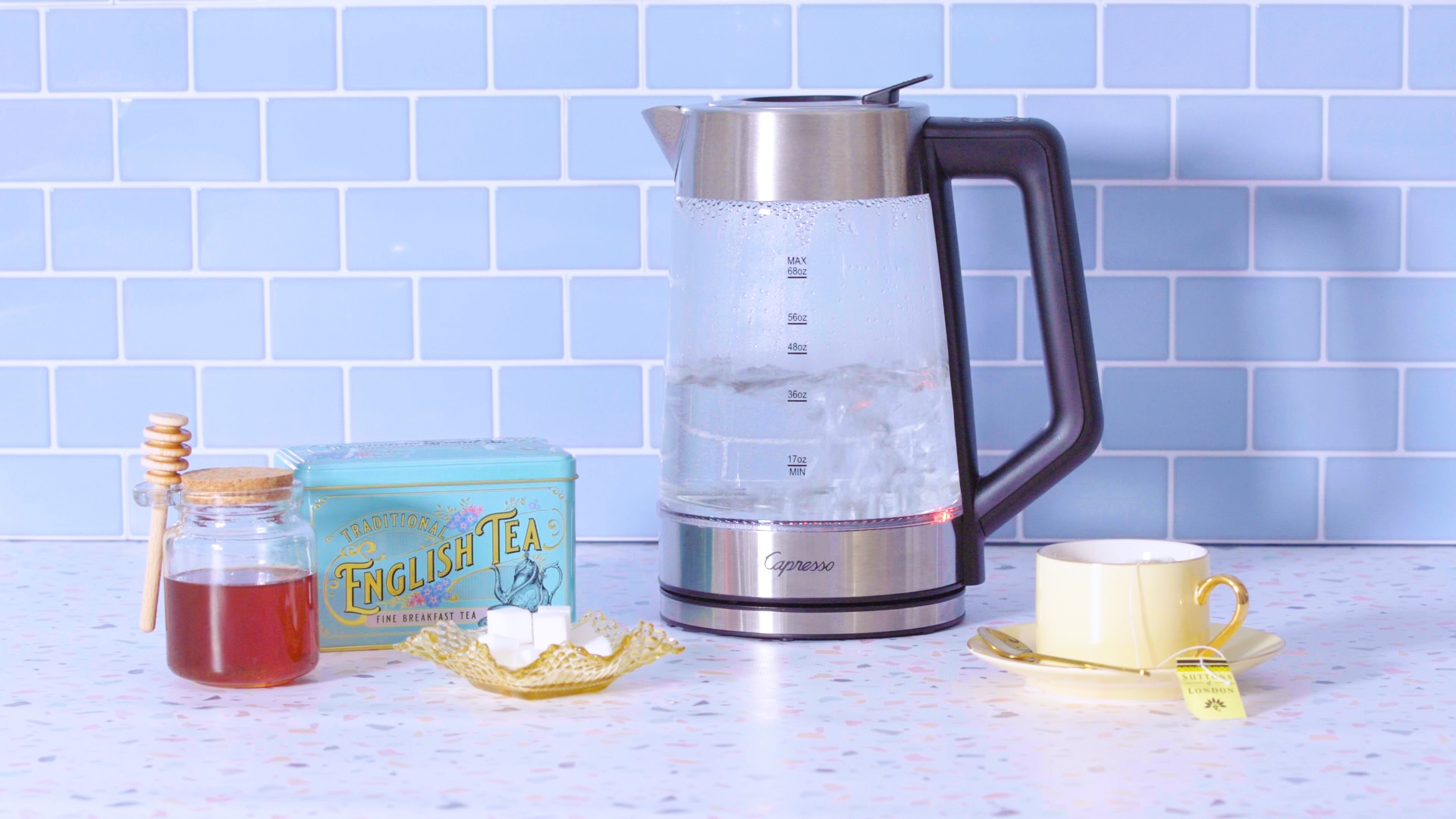
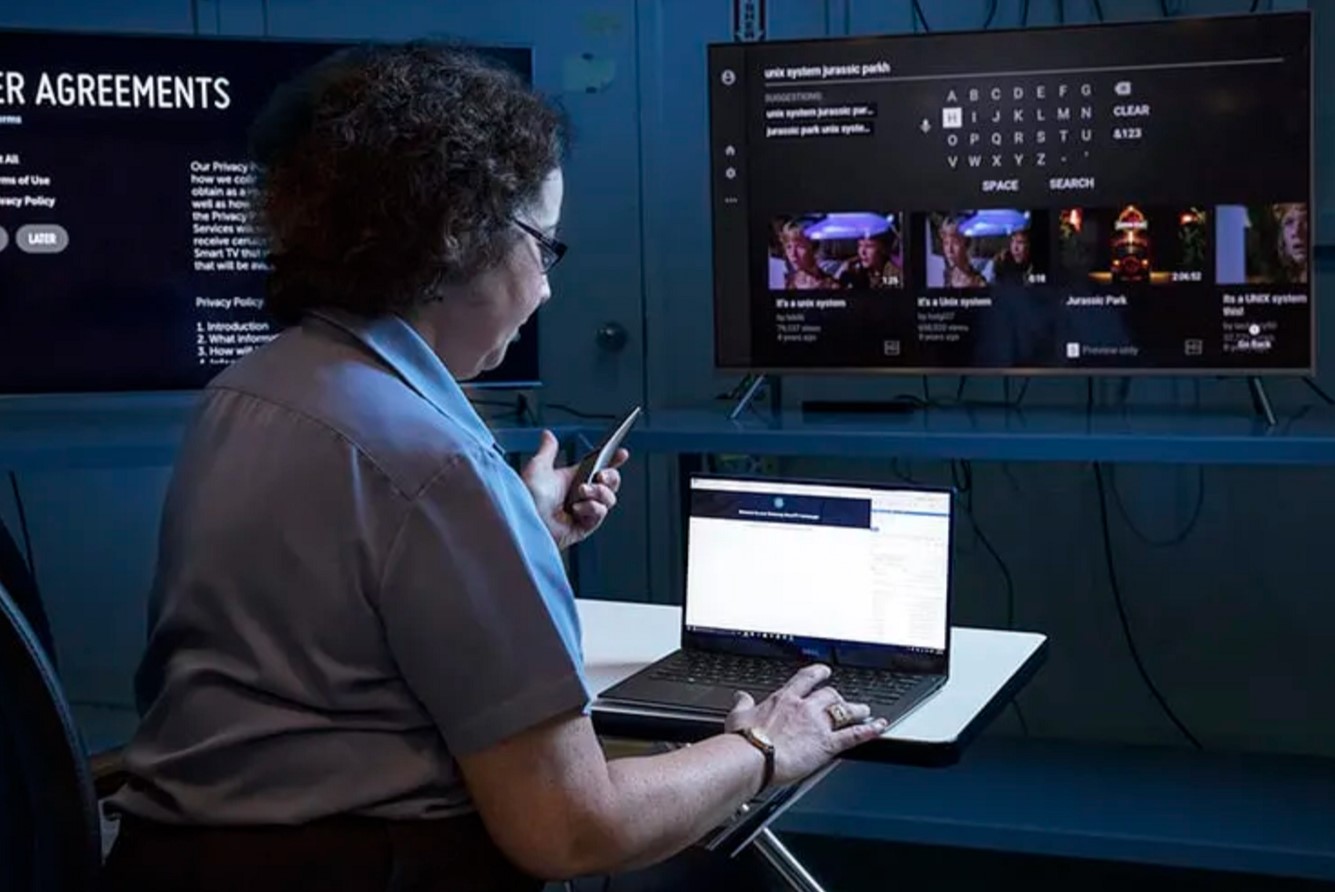
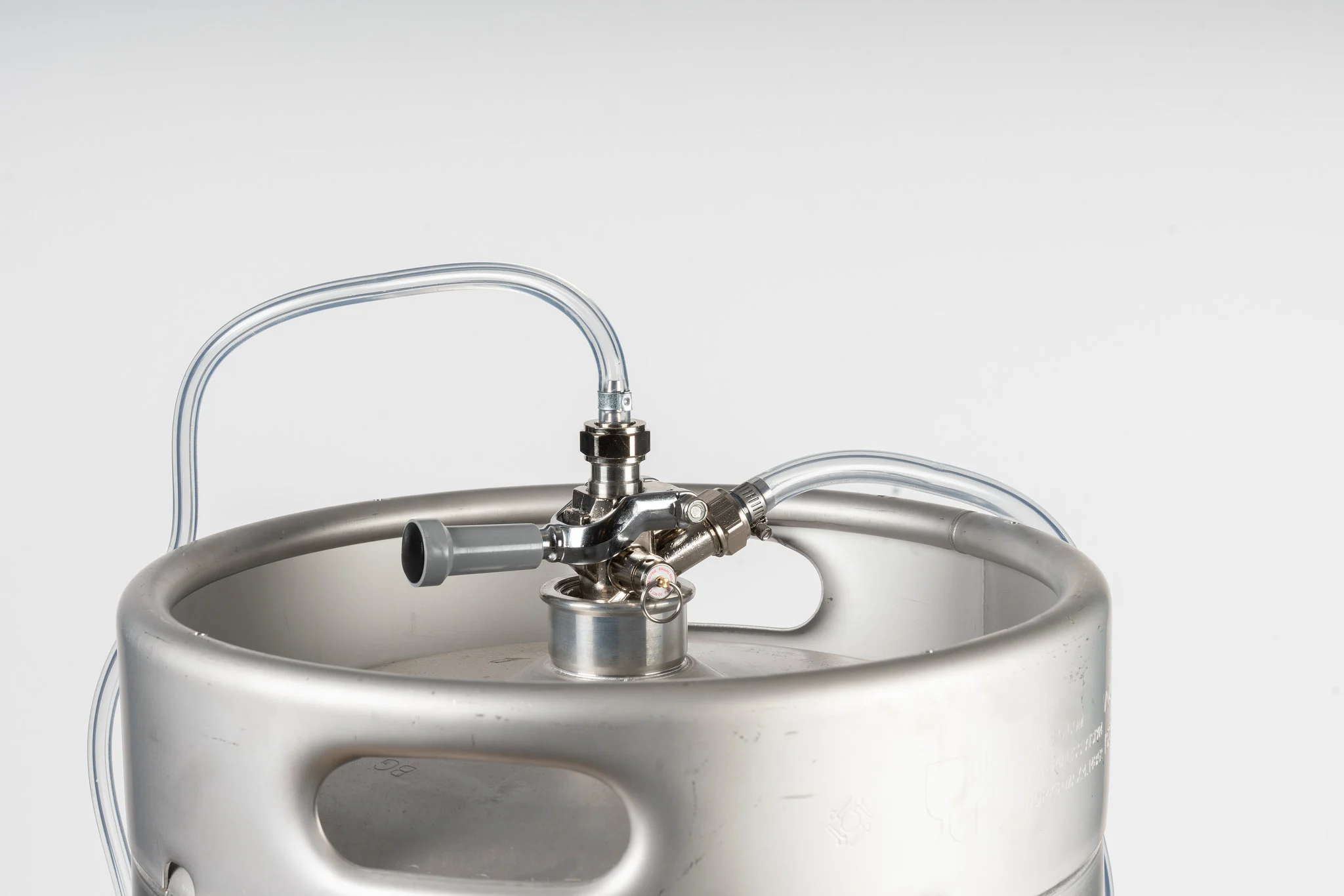
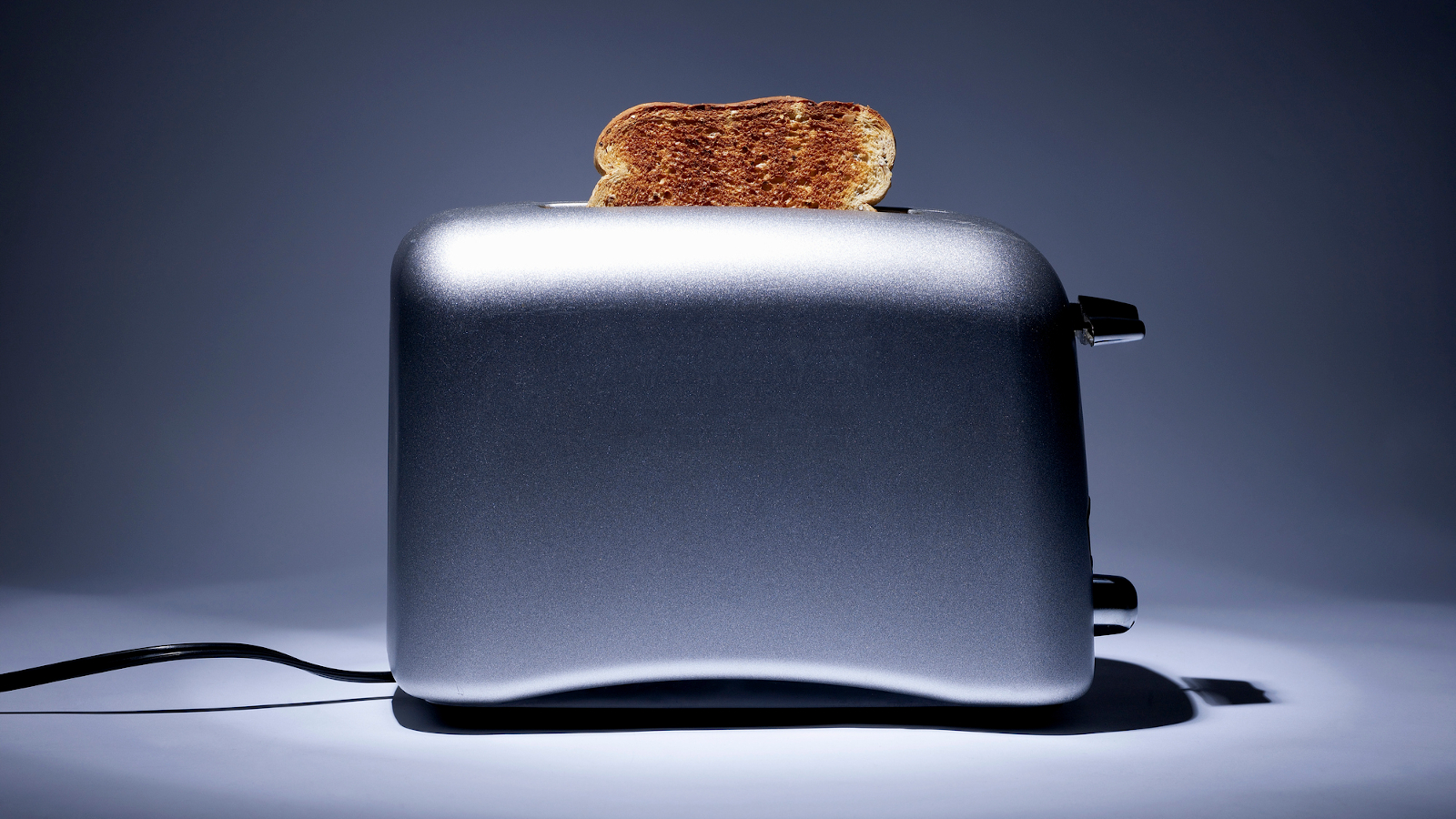



0 thoughts on “How Does A Freezer Work”